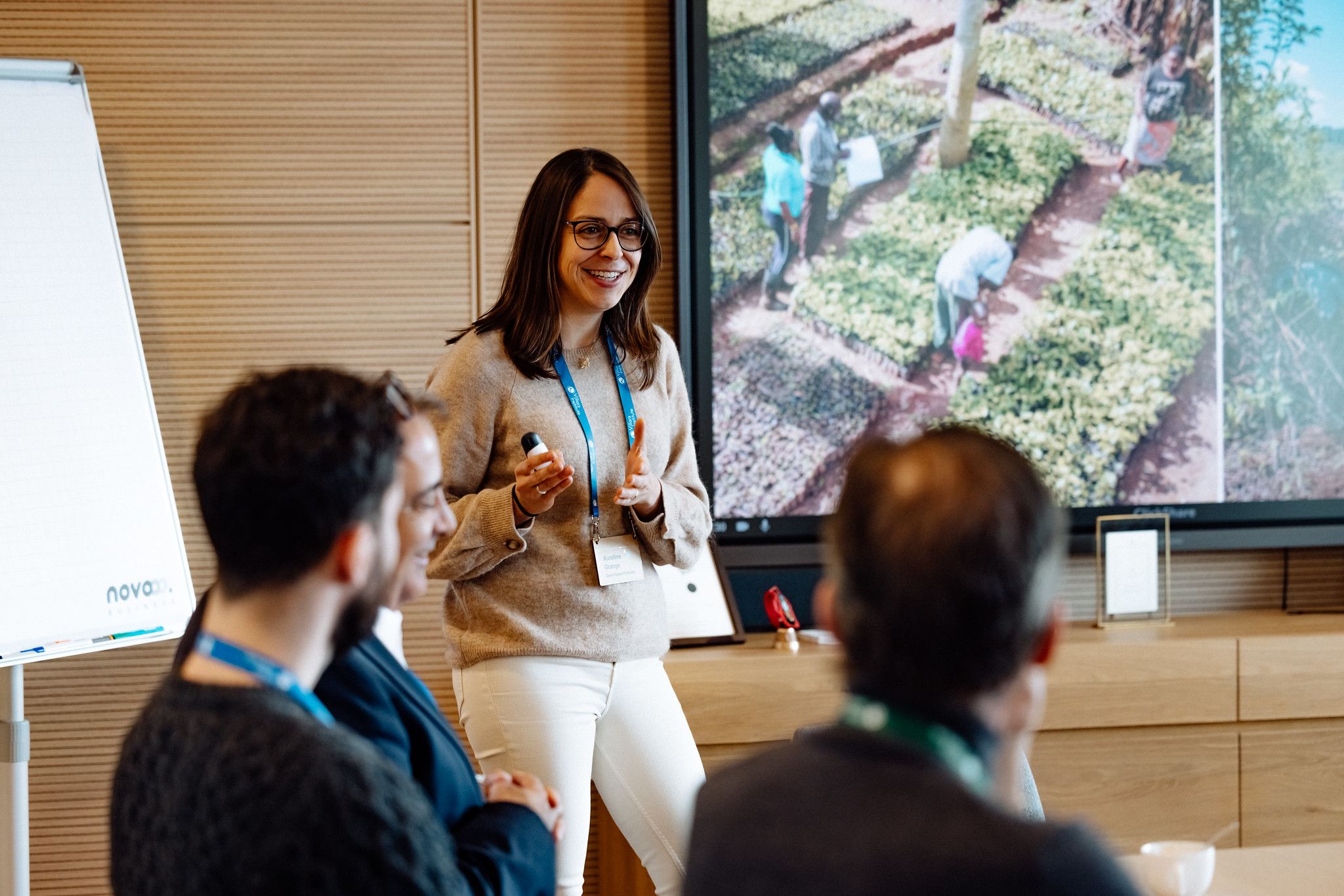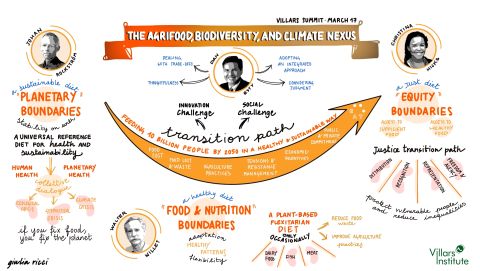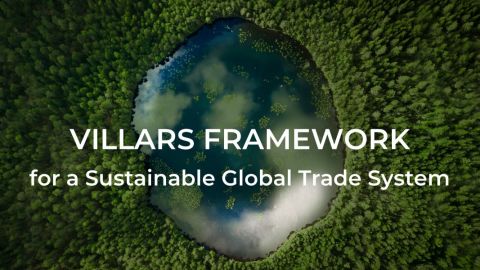Ideas from the Speakers
The moderator opened the discussion by emphasizing the importance of actively shaping the future rather than merely reacting to change. With advances in technology, systems understanding, and human behavior, new solutions are emerging to address urgent environmental challenges.
One speaker questioned the baselines for restoration and the objectives to be achieved, and highlighted the role of artificial intelligence (AI) in improving conservation efforts. This includes the development of AI-powered chips for camera traps capable of detecting species, for identifying illness, and for providing real-time data. Additionally, the expert described an AI tool designed to count individuals and thus offer instant population assessments, and concluded by stressing the need for real-time diagnostics to effectively measure the impact of nature projects.
Another expert focused on how to accelerate innovation in ecosystem restoration, outlining key challenges in nature restoration, including limited access to capital, a lack of long-term financing, and insufficient transfer standards. To address these limitations, the expert suggested a framework that enables scalability and inclusion by removing financial barriers for project developers, ensuring publicly accessible and transparent data verification, and facilitating direct impact through community empowerment. Additionally, the expert emphasized the importance of increasing the availability of seeds and seedlings, securing large-scale financing, and developing digitized land tenure systems for decentralized verification.
Another speaker underscored the need to make nature data more accessible and affordable, advocating for a combined top-down and bottom-up approach. This includes leveraging local communities to use mobile phones to collect environmental data, which is then analyzed with AI and by remote experts to generate comprehensive ecological maps. The speaker emphasized the need to shift perspectives, viewing nature not merely as a construct but as a valuable resource, and shared a vision to develop an AI-powered “Google Maps for nature,” enabling real-time insights into biodiversity. However, a critical challenge remains: establishing sustainable funding mechanisms to integrate AI into conservation efforts effectively.
Insights from the Audience
Participants posed critical questions about scalability, integration, and financial sustainability in nature restoration efforts. A prominent theme was the need for a diverse, integrated approach rather than a single solution. The audience highlighted the importance of democratizing technology and ensuring that tools for measuring restoration success are efficient and accessible.
An engaging debate emerged on collaboration between restoration-focused organizations. A member of the audience asked why the experts’ initiatives were not consolidated into one company; the response emphasized the value of fostering networks rather than merging into a single entity. The experts stressed they are not in competition but instead are working towards a common goal through complementary efforts.
Ocean restoration was another topic of interest. Participants raised concerns about the lack of technological focus on marine ecosystems, as most restoration efforts concentrate on terrestrial environments. While environmental DNA (e-DNA) offers potential, it is currently insufficient to accurately monitor ocean population sizes. The challenges of ocean technology, particularly its high costs, were acknowledged, with assurances that efforts to develop better solutions are underway.
Participants stressed the importance of rigorous monitoring when connecting projects to financial capital, ensuring that restoration efforts create jobs and build trust within local communities. Additionally, the effect of harmful subsidies and the possibility of linking them to positive investments were discussed.
Empowering local communities was another recurring theme. Many impacted communities lack the resources and agency to participate in restoration efforts. Participants emphasized the need for solutions that include co-designing projects with local populations rather than imposing external strategies. Restoration initiatives should align with local livelihoods to create sustainable long-term engagement. Governance was also cited as a critical area for improvement. Governments must be actively engaged to ensure comprehensive ecological assessments.
The discussion concluded with a call for better governance of restoration projects, stressing the need for a holistic approach that includes non-governmental organizations, local communities, and other stakeholders. Participants encouraged shifting the focus from carbon offsetting to biodiversity restoration and fostering greater collaboration between initiatives.








